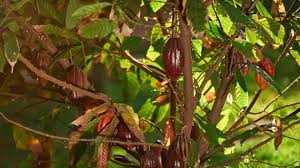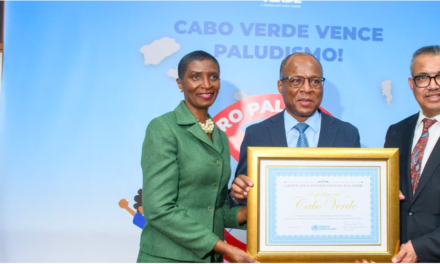A dire threat looms over the world’s chocolate supply as a rapidly spreading virus decimates cacao trees—the primary source of the beloved treat. The cacao swollen shoot virus disease (CSSVD), carried by mealybugs, poses a significant risk to cacao trees in West Africa, particularly in Ghana, a region responsible for about half of the world’s chocolate production.
The devastating impact of CSSVD on Ghana’s cacao trees has led to harvest losses ranging from 15 to 50%, alarming experts and stakeholders in the chocolate industry. Pesticides have proven ineffective against mealybugs, leaving farmers with limited options to combat the spread of the disease. Efforts to curtail the virus include the costly vaccination of trees, which often results in reduced harvest yields, exacerbating the economic strain on low-wage farmers.
Addressing this urgent crisis, researchers from multiple institutions, including The University of Texas at Arlington and the Cocoa Research Institute of Ghana, have developed innovative strategies to protect cacao trees from CSSVD. Led by Professor Benito Chen-Charpentier, the team leveraged mathematical modeling to determine optimal planting distances between vaccinated and unvaccinated trees, aiming to prevent the transmission of the virus while minimizing costs for farmers.
“Mealybugs, the carriers of CSSVD, exhibit various modes of movement, posing challenges for containment efforts,” explained Chen-Charpentier. “Our mathematical models provide cacao growers with practical guidelines on spacing vaccinated trees to create a protective barrier against the spread of the virus.”
These groundbreaking models offer hope for sustainable cacao production by empowering farmers to safeguard their crops effectively. By strategically planting vaccinated trees around unvaccinated ones, farmers can mitigate the risk of CSSVD while maximizing harvest yields—a critical step toward preserving the global chocolate supply.
“While these models are still in the experimental stage, they represent a promising solution to protect cacao trees and ensure a stable chocolate supply,” emphasized Chen-Charpentier. “Safeguarding the livelihoods of farmers and meeting the world’s insatiable appetite for chocolate are essential goals driving our research.”
As the chocolate industry grapples with the looming threat of CSSVD, collaborative efforts between researchers, farmers, and policymakers offer a glimmer of hope in securing the future of one of the world’s most beloved indulgences.











